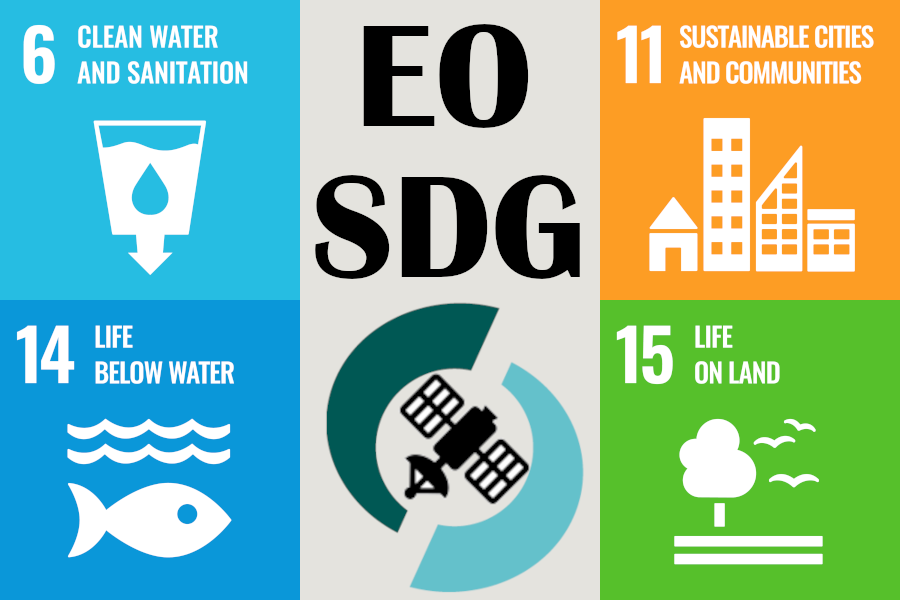
EOSDG logo © Syke
In Finland, reporting responsibilities of the United Nations Sustainable Development Goals indicators of the 2030 Agenda for Sustainable Development have been delegated to several National Statistics Institutes, and Statistics Finland acts as the national coordinator and focal point towards UN. Finnish Environment Institute (Syke) has agreed responsibility in total of 26 indicators under its domain of expertise.
However, at the moment, Syke cannot report on all of these, because of lack of data and absence or incompleteness of the processing pipelines and reusable solutions for producing the indicators. Calculation of some indicators require many manual working steps and checks, which is laborious and costly. Automating some or all these steps could bring considerable savings in the future, enhance processing transparency and repeatability, and also improve the quality of previously calculated indicator time series. For some SDGs, which Syke has previously reported, quality improvements could be achieved by using Earth Observation (EO) and spatial data, which are presently not systematically utilized.
This project aims to strengthen the capacity of Syke (and Finland) to answer to the monitoring and reporting needs of the SDGs. This is done by refining the processing pipelines to increase cost-efficiency and reusability. The focus is on leveraging the full potential of analysis ready national EO and spatial data. Total of 6 indicators, falling under goals 6 (Clean water and sanitation), 11 (Sustainable cities and communities), 14 (Life below water) and 15 (Life on land) have been pre-selected for further testing and development in the project. Criteria included national relevance, possibilities of using EO and geospatial data, automating the data processing pipelines, and calculating regional aggregates. Proof of Concept (PoC) methodology will be applied, meaning that the work is divided into PoC phase in the first year, and implementation phase in the second. Based on evidence of feasibility gathered from the PoC phase, the aim is that 2 to 3 indicators will continue to full implementation and will be reported through the offical channels.
Processing pipelines and methods will be shared in the methodological report, which is the main deliverable, together with the SDGs to be reported to Statistics Finland and United Nations..
The piloted indicators are:
- SDG 6.3.2 Proportion of bodies of water with good ambient water quality
- SDG 6.6.1 Change in the extent of water related ecosystems over time
- SDG 11.3.1 Ratio of land consumption rate to population growth rate
- SDG 14.1.1a Index of coastal eutrophication
- SDG 15.3.1 Proportion of land that is degraded over total land area
- SDG 15.4.2 Mountain green cover index